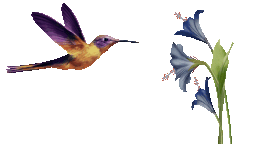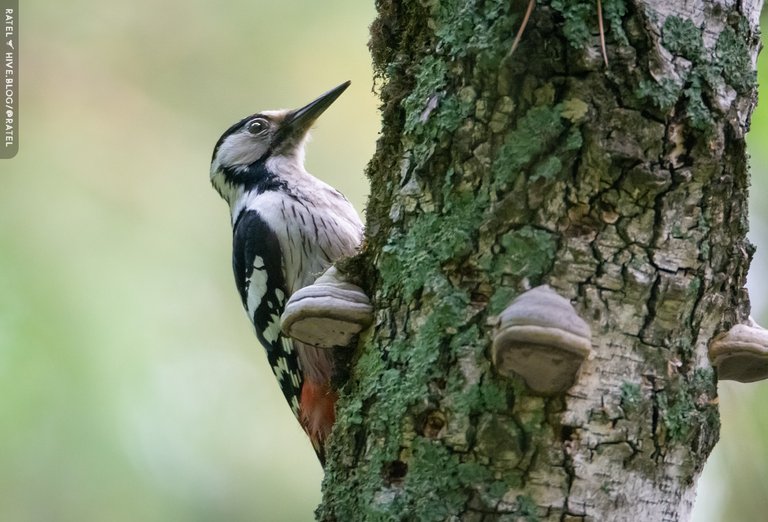
🦉 The white-backed woodpecker (Dendrocopos leucotos)
- Dendrocopos (Greek): dendron - tree, coptō - to hit, beat
- leucotos (Greek): leukos - white, nōton - back
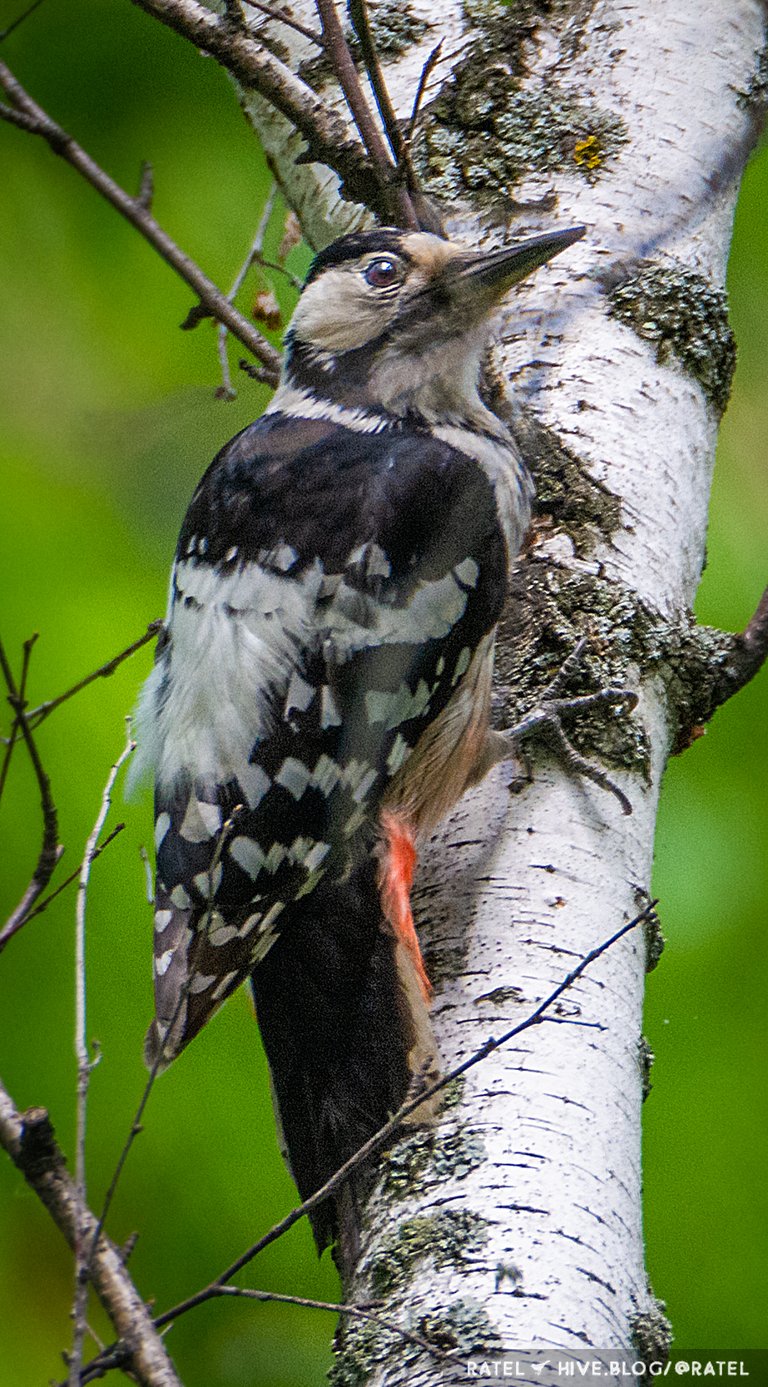
This type of woodpecker is a little less common than the Great Spotted Woodpecker. And I rarely see it in the summer, mostly in autumn and winter.
It differs from the Great Spotted Woodpecker by a large amount of white feathers on the wings and back, thin stripes on the underside of the body, and their sexual dimorphism is even more pronounced. Males have a red cap all over their heads, while females do not have one at all.
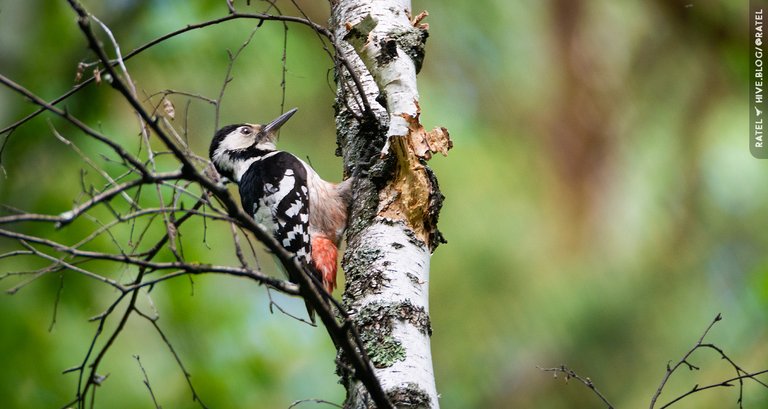
If the Great Spotted Woodpecker lives everywhere, then this species loves places where there are many dead trees with rotten bark.
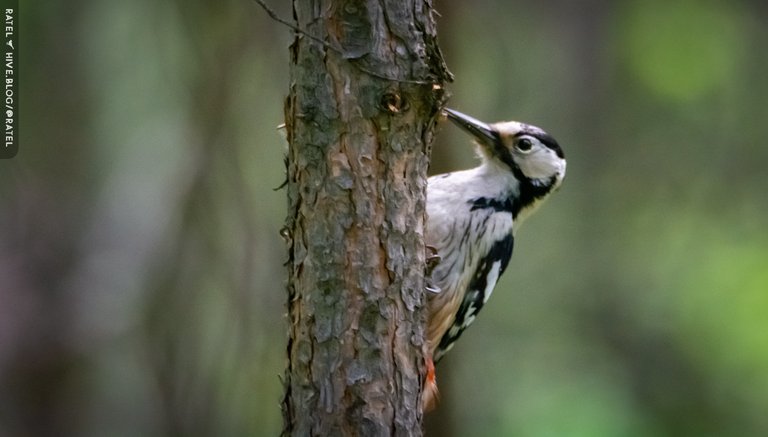
| Camera | Lens |
|---|---|
| Nikon D5200 | Tamron SP AF 150-600mm f/5-6.3 Di VC USD |
